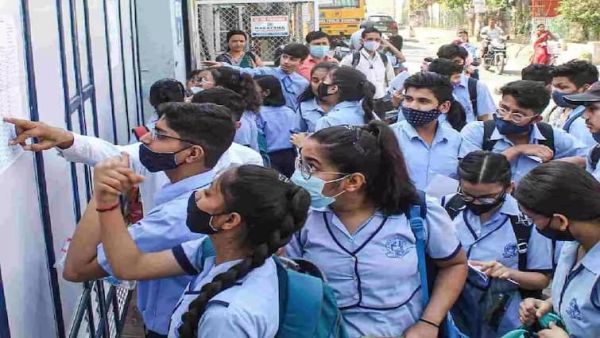Mumbai: Public sector banks have increased lending to new as well as lower-rated micro, medium and small enterprises taking advantage of government guarantee schemes, even as industry trends suggest a broader shift towards high-quality borrowers. The share of subprime borrowers in the outstanding MSME portfolio of banks decreased to 23.3% in March 2025 from 33.5% in June 2022, according to data from the Reserve Bank of India's latest financial stability report.
The share of such accounts in the outstanding MSME book of public sector banks stood at 30.3% at the end of March, compared with 18% for private banks and 26.1% for non-banking finance companies.
On the other hand, super-prime borrowers make up 53.7% of private banks' MSME book, compared with 39.3% for state-owned banks and 35.4% for NBFCs, the data showed.
Typically, super-prime borrowers are charged starting 9% annually. These loans are backed by strong collateral such as property. Subprime borrowers pay 16-24%, with public sector banks at the lower end of this band and NBFCs are the other end, industry executives said.
Unlike private lenders, public sector banks' MSME lending is mainly under various credit guarantee schemes, said industry executives.
"PSU banks' lending to MSME is more policy driven with an aim to bring more borrowers under the purview of lending. Since the loan is partially guaranteed by the government, we have a broad-based underwriting policy to lend to lower-rated borrowers and even to new-to-credit customers," said a senior official at a state-owned bank.
"Given the past asset quality issues in the industry, there has been a shift towards a high-quality portfolio which is predominantly high-ticket MSME lending backed by collateral or in the form of loan-against-property," said Amit Sharma, MSME business head at IIFL Finance. Around ₹6.28 lakh crore are guaranteed under the government's two flagship schemes for MSMEs: the Credit Guarantee Fund for Micro Units (CGFMU) and the Emergency Credit Line Guarantee Scheme (ECLGS).
Non-performing assets covered under CGFMU across banks and NBFCs stood at 9.9%. Under ECLGS, NPAs were 6.4%. "The NPA ratio in both schemes remains contained despite the riskiness of borrowers," the RBI said.
Comparatively, the overall asset quality of MSME portfolio of banks has improved with the gross NPA ratio falling to 3.6 as on March 31 from 4.5 a year earlier.
The share of such accounts in the outstanding MSME book of public sector banks stood at 30.3% at the end of March, compared with 18% for private banks and 26.1% for non-banking finance companies.
On the other hand, super-prime borrowers make up 53.7% of private banks' MSME book, compared with 39.3% for state-owned banks and 35.4% for NBFCs, the data showed.
Typically, super-prime borrowers are charged starting 9% annually. These loans are backed by strong collateral such as property. Subprime borrowers pay 16-24%, with public sector banks at the lower end of this band and NBFCs are the other end, industry executives said.
Unlike private lenders, public sector banks' MSME lending is mainly under various credit guarantee schemes, said industry executives.
"PSU banks' lending to MSME is more policy driven with an aim to bring more borrowers under the purview of lending. Since the loan is partially guaranteed by the government, we have a broad-based underwriting policy to lend to lower-rated borrowers and even to new-to-credit customers," said a senior official at a state-owned bank.
"Given the past asset quality issues in the industry, there has been a shift towards a high-quality portfolio which is predominantly high-ticket MSME lending backed by collateral or in the form of loan-against-property," said Amit Sharma, MSME business head at IIFL Finance. Around ₹6.28 lakh crore are guaranteed under the government's two flagship schemes for MSMEs: the Credit Guarantee Fund for Micro Units (CGFMU) and the Emergency Credit Line Guarantee Scheme (ECLGS).
Non-performing assets covered under CGFMU across banks and NBFCs stood at 9.9%. Under ECLGS, NPAs were 6.4%. "The NPA ratio in both schemes remains contained despite the riskiness of borrowers," the RBI said.
Comparatively, the overall asset quality of MSME portfolio of banks has improved with the gross NPA ratio falling to 3.6 as on March 31 from 4.5 a year earlier.





